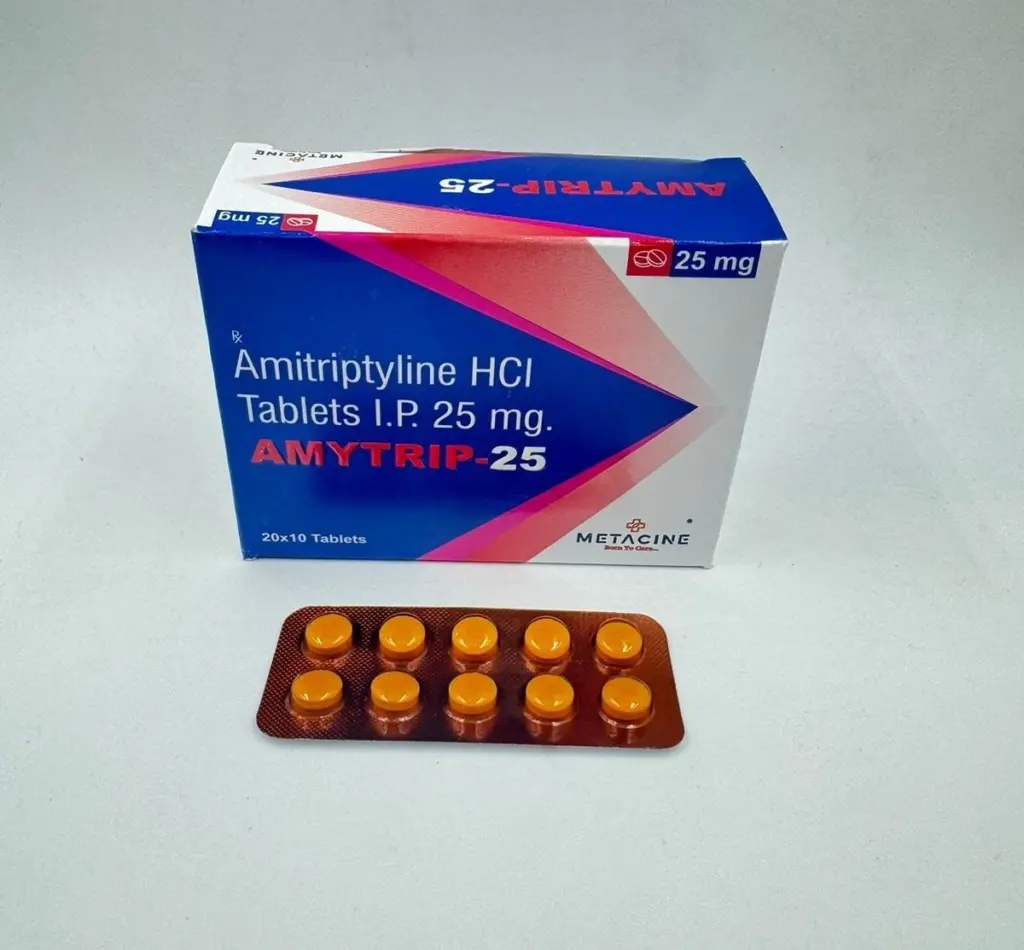Amitriptyline, a medication frequently prescribed for conditions such as depression, anxiety, and certain types of chronic pain, has its costs influenced by a myriad of factors. Understanding these costs involves navigating through variables such as dosage differences, insurance coverage intricacies, and the fluctuating prices set by pharmacies. This article delves into the multifaceted elements that dictate the cost of amitriptyline, offering insights to help you make informed decisions about your medication expenses.
The pricing of amitriptyline can fluctuate widely due to a range of influencing factors. Recognizing these elements is crucial for comprehending the overall cost structure of the medication.
Dosage Variations
Amitriptyline is available in multiple dosages, such as 25 mg, 50 mg, and 100 mg tablets, each impacting the overall cost differently. The dosage prescribed by your healthcare provider is directly proportional to the expense incurred.
- Starting Dosage Costs: The 25 mg dosage is typically the initial prescription for many patients. This lower dosage often comes with a reduced price tag, making it a cost-effective starting point for treatment.
- Moderate Dosage Pricing: When the dosage is increased to 50 mg, the price tends to rise as well. This dosage often represents a balance between efficacy and cost, offering a moderately priced option for those who need a higher dose.
- Higher Dosage Expenses: The 100 mg tablets, containing the highest concentration of the active ingredient, are usually the most expensive. Patients requiring this dosage may face higher costs due to the increased potency of the medication.
Insurance Coverage
Insurance significantly affects the out-of-pocket costs of amitriptyline. Whether you are insured or not, the financial implications can vary greatly.
- With Insurance Assistance: Many insurance plans cover generic medications like amitriptyline, but the extent of this coverage can differ. It’s vital to verify the specific benefits included in your insurance plan to understand potential cost savings.
- Without Insurance Burden: For those without insurance, the financial burden can be hefty. It’s beneficial to explore alternative options such as discount programs or savings cards specifically designed for generic medications.
Pharmacy Pricing
The pharmacy you choose can considerably impact the price you pay for amitriptyline. Different pharmacies have their pricing strategies based on various operational factors.
- Chain Pharmacy Dynamics: Large chain pharmacies often offer competitive prices due to their ability to purchase medications in bulk. However, prices can still vary by location, so it’s wise to compare costs across different branches.
- Independent Pharmacy Considerations: Independent pharmacies might provide more personalized services and occasionally offer better pricing. Comparing costs between these and chain pharmacies can lead to surprising savings.
Additional Factors Affecting Amitriptyline Cost
Beyond the obvious factors of dosage, insurance, and pharmacy choice, several other elements can affect the cost of amitriptyline.
Manufacturer Discounts and Coupons
Pharmaceutical manufacturers sometimes provide discounts or coupons to make medications more affordable. These financial aids can significantly reduce the cost, especially for uninsured patients.
- Navigating Manufacturer Offers: Checking the manufacturer’s website or consulting with your healthcare provider can uncover available discounts, making the medication more accessible.
- Long-term Savings Impact: Regularly utilizing these discounts can lead to substantial savings over time, easing the financial strain on those requiring ongoing treatment.
Geographic Location
The region where you purchase amitriptyline can also influence its price. Economic conditions and living costs in different areas play a substantial role.
- Urban vs. Rural Pricing: Generally, urban areas might see higher prices due to increased demand and higher operational costs compared to rural locations.
- Regional Market Variations: Understanding these regional differences can guide you in finding more affordable options, possibly by considering pharmacies in different areas.
Generic vs. Brand Name
Amitriptyline is typically available as a generic medication, which is more affordable than its brand-name counterparts.
- Cost-Effectiveness of Generics: Opting for the generic version can offer significant savings without compromising on quality or efficacy.
- Consultation with Healthcare Providers: Always discuss with your healthcare provider before switching to ensure the generic version meets your treatment needs adequately.
Prescription Duration
The duration of your prescription can also affect the overall expense. Opting for longer prescription periods can be more economical.
- Bulk Purchase Benefits: Purchasing a 90-day supply instead of a 30-day one can lower the cost per dose and reduce the frequency of pharmacy visits.
- Economical Planning: This strategy not only saves money but also time, making it a practical choice for those on long-term treatment plans.
Tips for Managing Amitriptyline Costs

Effectively managing the cost of amitriptyline is vital for maintaining your health without overburdening your finances. Here are some actionable strategies to help reduce medication expenses:
Compare Pharmacy Prices
Taking the time to compare prices can lead to significant savings. Utilize tools and platforms designed for price comparison to find the best deals.
- Leveraging Technology: Price comparison apps and websites can provide real-time data on amitriptyline prices across various pharmacies, helping you make informed decisions.
- Strategic Shopping: Regularly comparing prices ensures you are aware of the best deals available, allowing you to switch pharmacies if necessary to save money.
Utilize Prescription Discount Programs
Various prescription discount programs are available to help reduce medication costs, regardless of your insurance status.
- Access to Savings Programs: Many pharmacies and organizations offer these programs, which can be a lifeline for those without insurance or with limited coverage.
- Maximizing Benefits: Enrolling in multiple programs can amplify your savings, potentially bringing your medication costs down significantly.
Discuss Generic Options with Your Doctor
If prescribed a brand-name drug, consult your healthcare provider about switching to a generic version.
- Evaluating Generic Viability: Generics often provide the same therapeutic benefits at a fraction of the cost, making them a practical option for cost-conscious patients.
- Doctor-Patient Dialogue: An open discussion with your doctor about your financial constraints can lead to a prescription plan that balances cost and treatment efficacy.
Explore Patient Assistance Programs
Pharmaceutical companies often run patient assistance programs to aid those with limited financial resources.
- Eligibility and Enrollment: These programs may offer medications at reduced costs or even for free, based on eligibility criteria which are usually income-based.
- Long-term Financial Relief: Participating in these programs can provide ongoing financial relief for those who require continuous medication.
Reevaluate Your Insurance Plan
If you find yourself consistently paying high out-of-pocket costs, it might be time to reassess your health insurance.
- Insurance Plan Comparison: Comparing different health insurance plans can uncover options that offer better prescription drug coverage, especially if you have chronic medication needs.
- Strategic Health Planning: Choosing a plan with comprehensive drug coverage can ultimately lead to significant savings, providing peace of mind and financial stability.
Conclusion
The cost of amitriptyline is influenced by a range of factors, from dosage and insurance coverage to pharmacy choice and additional considerations. By understanding these dynamics and exploring cost-saving strategies, you can better manage your medication expenses. Always consult with your healthcare provider before making any changes to your medication regimen, as your health and well-being should be the top priority.
Understanding medication cost dynamics empowers you to make informed decisions that support both your physical health and financial stability. With the right strategies, managing amitriptyline costs becomes a more manageable task, ensuring that you can focus on your treatment and recovery.


